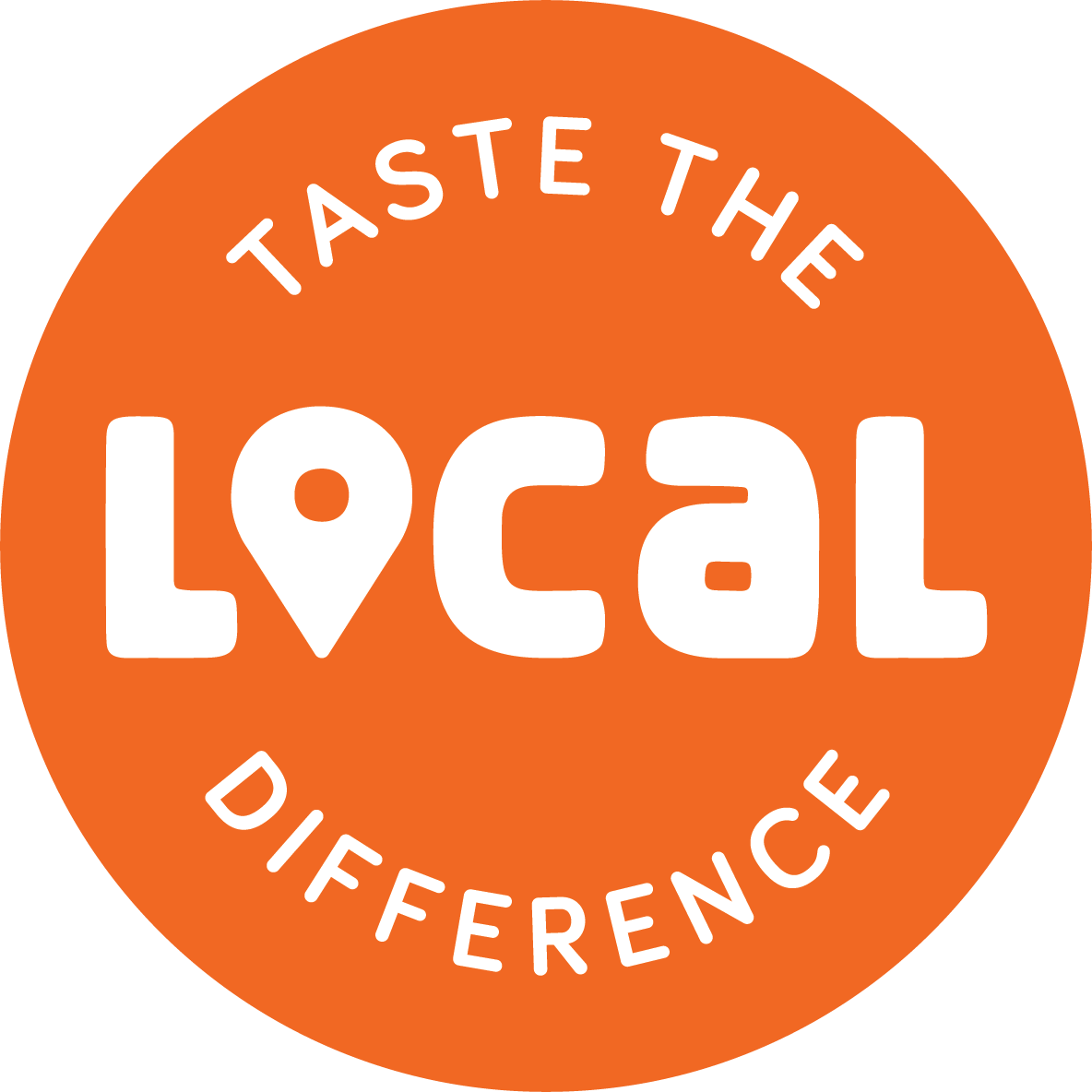Spring is such a wonderful time of year to start seeing pops of color after the long harsh winter. The world around us is slowly starting to come back to life. It is said that we eat with our eyes first and edible flowers are the perfect addition to add a little extra pop of color to our drinks and desserts. Edible flowers come in an array of colors, shapes, and sizes. Not only are they beautiful, but they also can house medicinal properties.
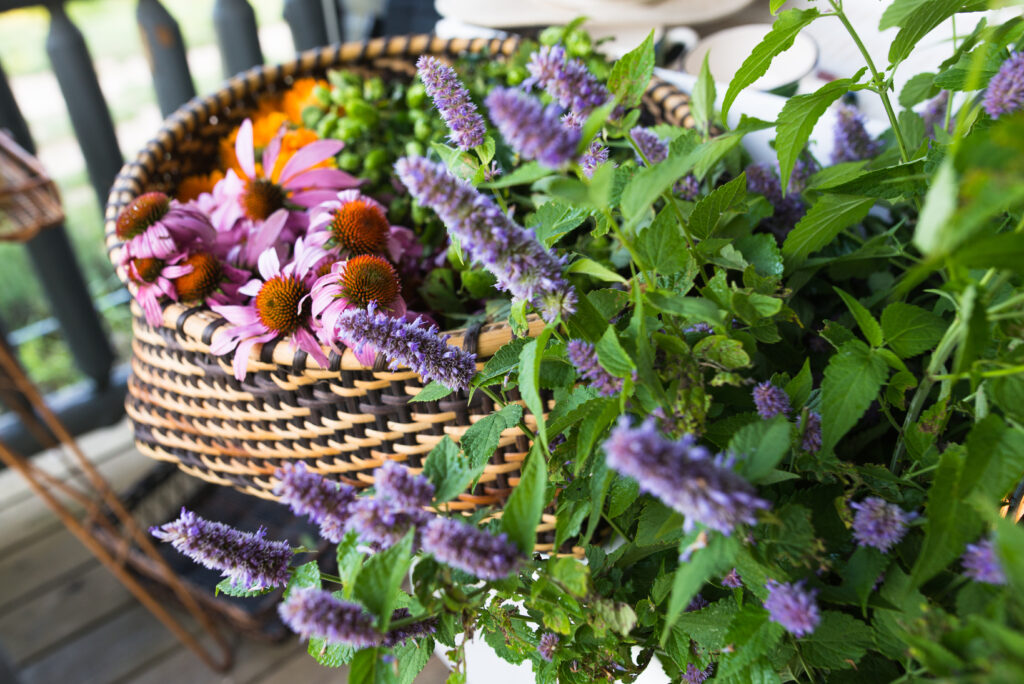
How to Use Edible Flowers
Edible flowers can be used in an array of dishes, everything from farm-fresh salads, soups, cocktails, or even cake. They’re the perfect garnish to add an extra pop of color to your plates.
How to Store Edible Flowers
Since edible flowers are so delicate in nature, it’s best to store them in the fridge. Add a moist paper towel to the bottom of a container and place the flowers gently on top of the paper towel. Edible flowers in the fridge can last anywhere from 10 days to 2 weeks, depending on the variety of flowers.
How to Dry Edible Flowers
If looking to preserve your edible flowers to enjoy throughout the year, drying flowers is your best bet. Set a dehydrator to 100 degrees F and allow flowers to dry out over the course of 4-6 hours. Once done, it’s best to store edible flowers in jars, out of the way of direct sunlight. It’s also possible to place the edible flowers into sugar or grind them up and make them into flower confetti!
Where to Find Edible Flowers
Edible flowers can be found throughout the state. They’re commonly found at farmers markets and at your local food co-op. Learn more about sourcing Michigan flowers or find a source near you!
Types of Edible Flowers
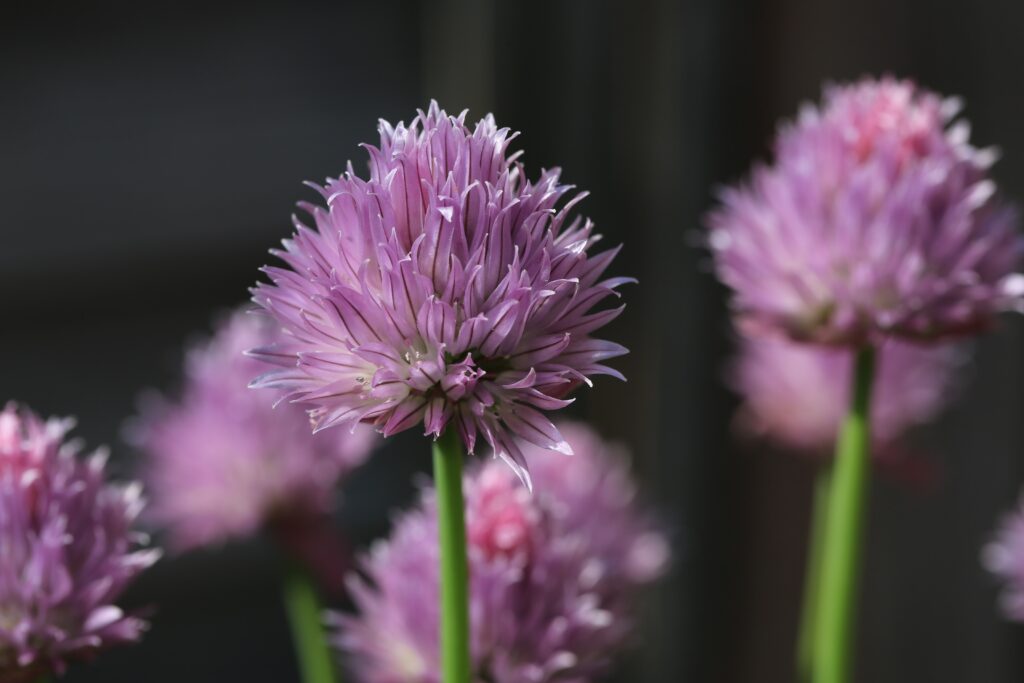
Alliums
Alliums, also known as flowering onions, come in all colors and are round in shape. The flower is more commonly seen in purple. They’re incredibly versatile. They are sweet with a bit of a garlicky taste. They make for an excellent addition to salads and can be used to replace onions in recipes.
Calendula
Calendula looks very similar to a daisy. The flower petals are usually bright orange or yellow or occasionally white. The flowers and leaves are both edible. The leaves are slightly bitter, while the flowers have a peppery, herbal, tangy flavor to them.
Chamomile
Chamomile is a small disk flower with a yellow head and white petals. This flower is an excellent choice for tea. It offers mild notes of apple with a hint of sweetness and pairs perfectly with a little bit of honey (try the pairing in this recipe!). Try chamomile tea if you’re trying to wind down after the work day.
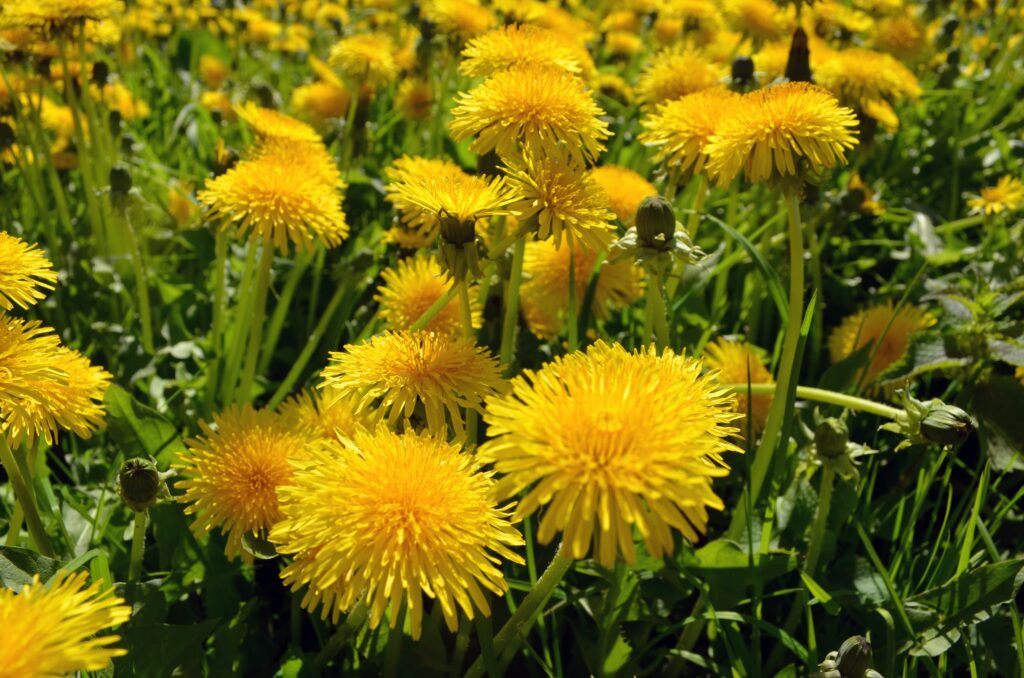
Dandelion
Most of us know this overlooked flower but tend to refer to it as an unwanted weed in the front lawn. Even though they’re not something most people want anything to do with, these tiny yellow flowers can be enjoyed in many different ways. The flower, stem, and leaves of this plant are edible. Dandelions can be enjoyed raw in a salad, jelly, or even dandelion wine. Warning: Make sure you’re sourcing these flowers from a lawn that hasn’t been sprayed.
Lavender
These purple flowers are very aromatic and offer a wonderful floral flavor. Lavender is a great addition to your baked goods, tea, or even made into a simple syrup for drinks. When served as tea, it can help calm the mind and body and makes for the perfect beverage before bed.
Lilacs
These beautiful tiny flowers come in an array of colors from purple, pink, white, and blue. They’re very floral forward with hints of bitterness. They make for a wonderful addition to desserts, wines, and even syrups.
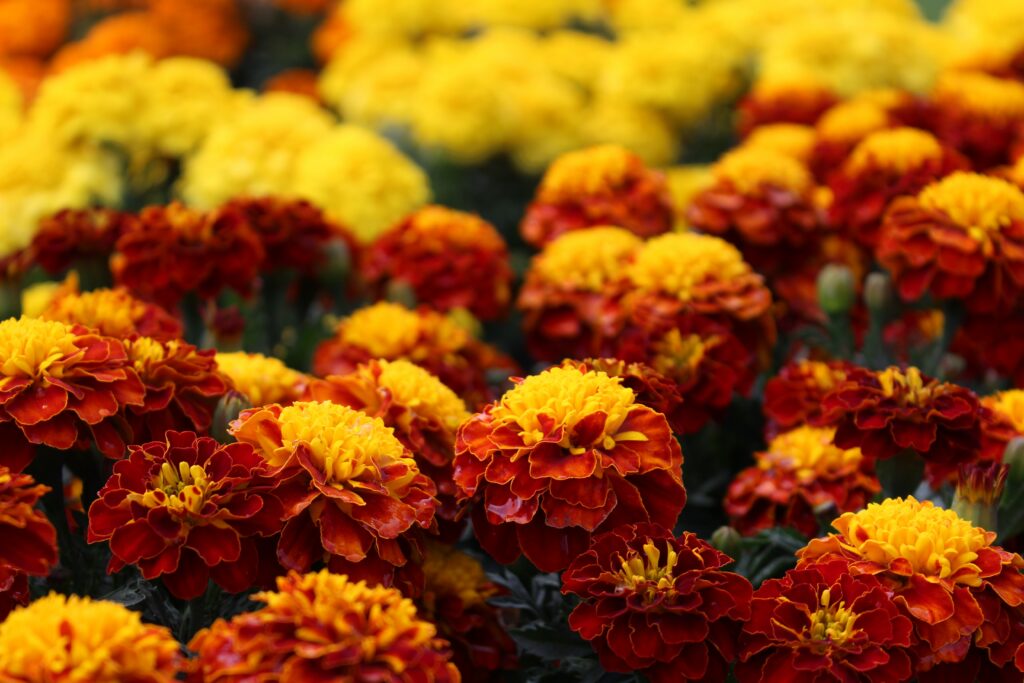
Marigold
The petals of marigolds are bright orange. They can be consumed raw or blanched, and have a mild peppery citrus flavor. These flowers are used in teas, pestos, and even tinctures.
Nasturtium
Nasturtiums come in a variety of colors from yellow, orange, and bright red. Their green leaves resemble water lily pads. All parts of this plant are edible and they have a mild peppery taste. They make for an excellent addition to a salad.
Rose
Roses come in a variety of colors. Their flavor is a bit refreshing, with sweet and subtle tasting notes that range from strawberries to green apples. Warning: Grocery store roses are not meant for consumption, as these are heavily sprayed. Roses make a great tea and are often found in desserts.
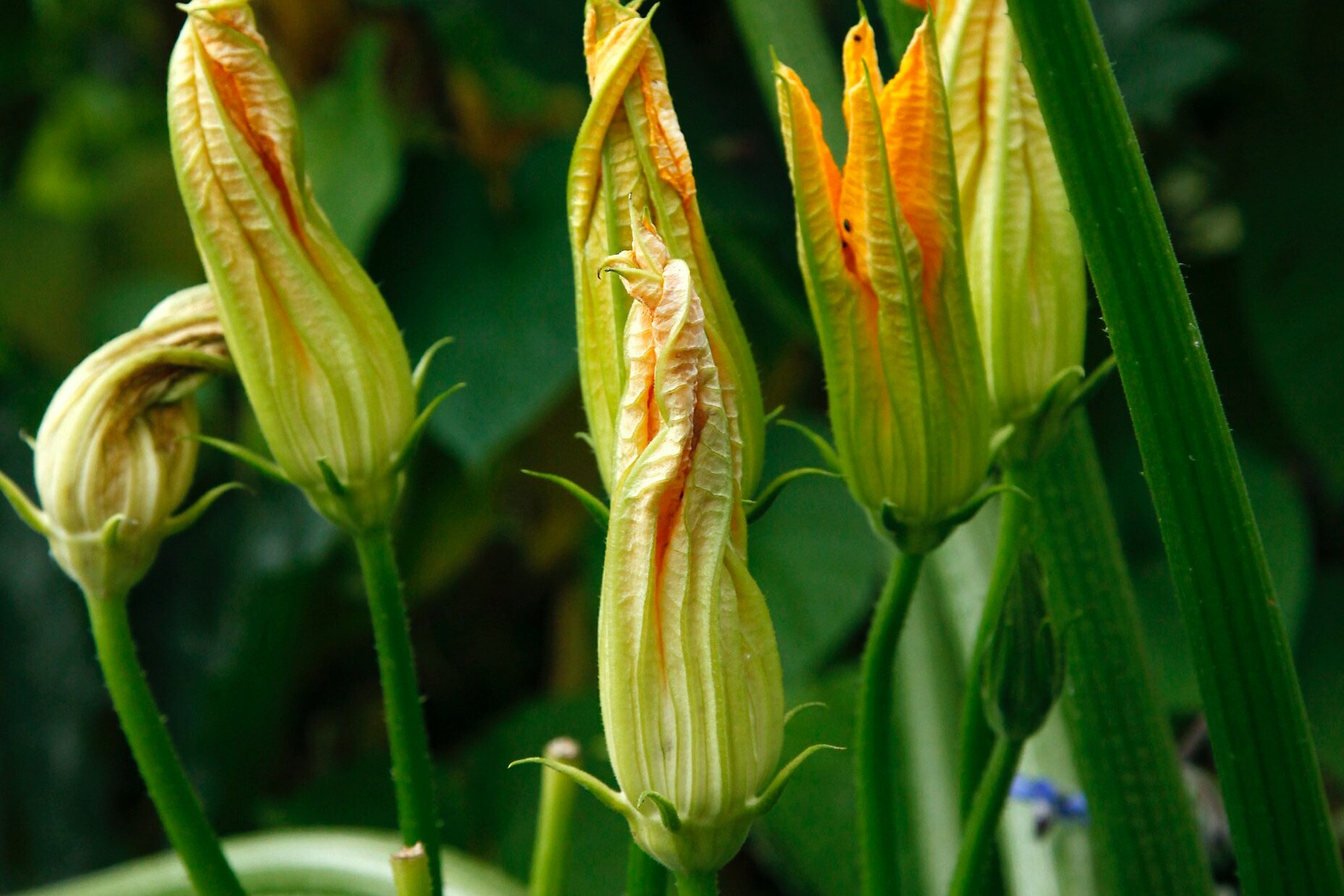
Squash Blossoms
Squash blossoms are bright orange and yellow in color. These blossoms, which come from the summer and winter squash plants, are edible. You can eat them raw, and they’re commonly stuffed with cheese and fried. Both the male and female flowers are edible, but when harvesting, make sure to leave enough of the female flower in order for the squash to develop.
Viola
Violas are also referred to as Pansies or Johnny Jump-ups. These small little flowers have a mild floral flavor. They’re the perfect garnish for a dessert and a wonderful addition to a salad. They come in shades of yellow, blue, white, and cream.
Violets
Violets can be found growing wild in your backyard or on walking trails. Their bright blue buds and delicate leaves are completely edible. They can be eaten raw in salads, steamed, and even made into syrup for cocktails or ice cream. They’re also a perfect addition for cakes or desserts given they have a sweet and floral taste.
So if you find yourself looking for an extra pop of color, flavor, or texture this summer why not try adding edible flowers to the mix? You’re sure to find the perfect flower!
Tara Snyder is the Digital Media Specialist for Taste the Local Difference. Reach her at [email protected].
